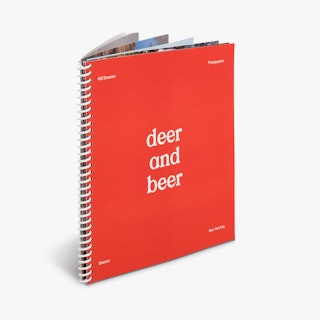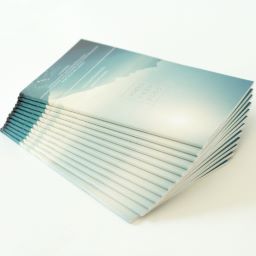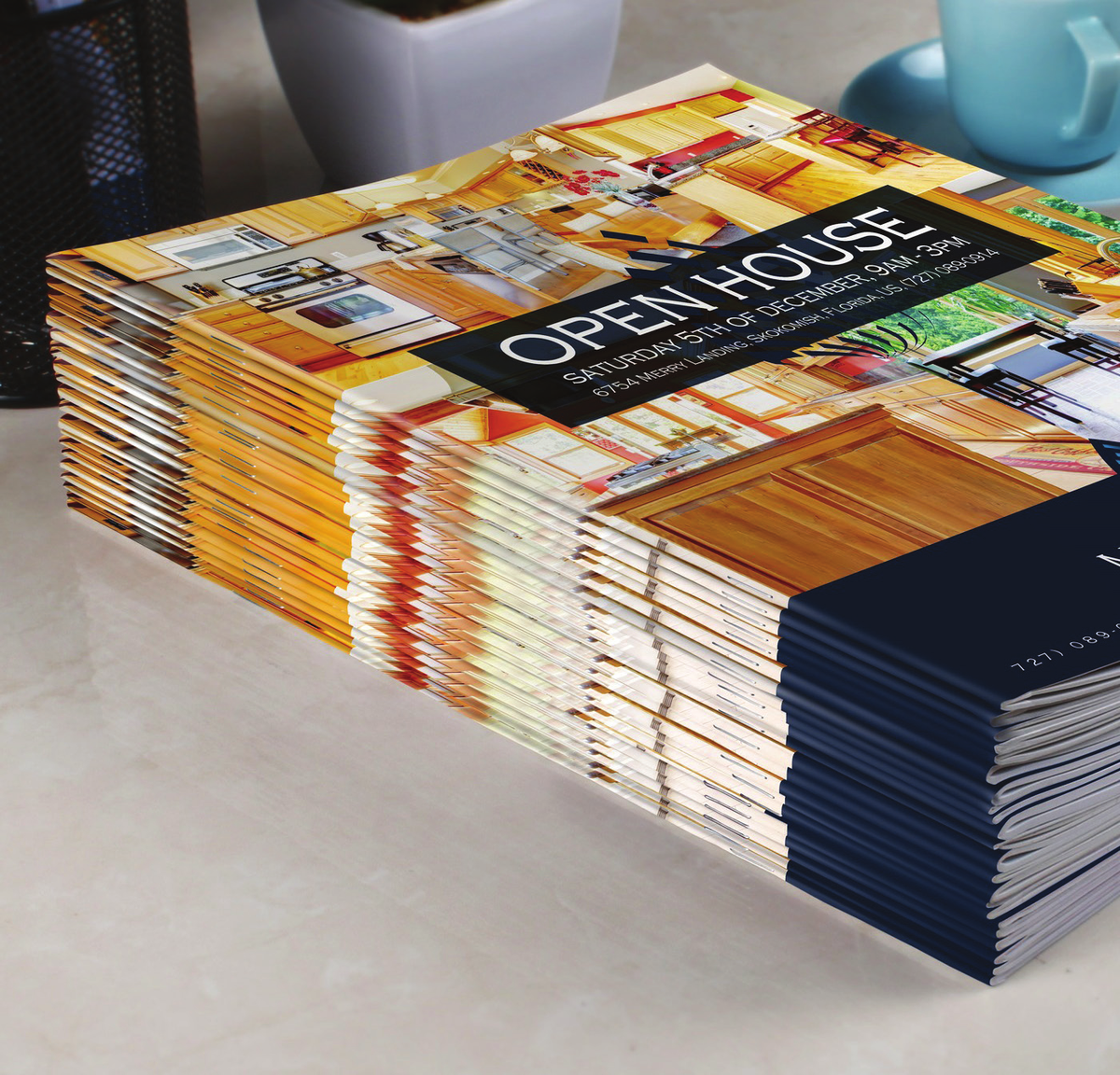Unlock the Power of Augmented Reality in Your Booklet Printing Projects
Unlock the Power of Augmented Reality in Your Booklet Printing Projects
Blog Article
The Essential Guide to Recognizing Pamphlet Printing Options and Techniques
The procedure of brochure printing includes multiple considerations that can considerably impact the final item. From picking the ideal style and dimension to recognizing the nuances of binding methods, each option plays an essential function. Furthermore, aspects such as paper supply and printing strategies further affect the efficiency of the brochure. As one navigates these options, it becomes vital to comprehend exactly how they interconnect and what that implies for the general result.
Comprehending Pamphlet Styles and Dimensions
When thinking about brochure printing, comprehending the various formats and sizes readily available is important for accomplishing the preferred presentation. Brochures can be generated in various styles, consisting of saddle-stitched, spiral-bound, and perfect-bound, each offering distinct advantages. Usual dimensions vary from standard letter (8.5 x 11 inches) to smaller sized choices like A5 (5.8 x 8.3 inches), permitting versatility based on material and target audience.Selecting the suitable dimension can affect both the design and reader engagement. Larger sizes may fit aesthetically driven material, while smaller sized formats might be extra straightforward and portable. Additionally, the variety of pages affects the selection of binding approach, as thicker pamphlets may need stronger bindings. Eventually, understanding these facets permits a much more customized method, making certain that the end product straightens with the designated message and visual, boosting the general efficiency of the interaction.
Picking the Right Paper Stock

Binding Methods: Options and Considerations
When it comes to binding approaches for brochures, several alternatives are available, each with distinct advantages. Saddle stitch binding offers an economical solution for thinner pamphlets, while perfect binding techniques supply a more refined seek thicker magazines. Wire-O binding attracts attention for its toughness and simplicity of usage, making it ideal for records that call for adaptability.
Saddle Stitch Binding
Saddle stitch binding offers a useful and affordable option for assembling brochures, making it a preferred option amongst organizations and authors. This binding approach involves folding sheets of paper in fifty percent and stapling them along the fold line, producing a neat and orderly look. Generally ideal for pamphlets with a lower web page count, saddle sewing is ideal for magazines, sales brochures, and training materials. The simpleness of this method permits quick manufacturing and is typically preferred for marketing things or brief runs. Nevertheless, it is important to keep in mind that saddle stitch binding might not be ideal for thicker brochures, as the spine may not hold up under increased weight. On the whole, it remains a reliable choice for several printing tasks.
Perfect Binding Methods
Perfect binding is an extensively used technique that supplies a polished and specialist coating to brochures and magazines. This technique entails gluing the pages with each other at the back utilizing a strong adhesive, permitting a tidy edge and the capability to hold a larger variety of web pages compared to saddle stitching. Perfect binding is specifically suitable for thicker pamphlets, such as brochures and yearly reports, where a durable, level spinal column is preferred. In addition, it offers the alternative for a printed cover that can be designed to enhance visual charm. Nevertheless, considerations such as page count, paper weight, and the intended use the pamphlet must be considered, as they can affect durability and overall quality.
Wire-O Binding Choices
Wire-O binding, recognized for its sturdiness and versatility, uses an excellent choice for booklets that require very easy web page transforming and an expert look. This binding method employs a series of steel loopholes that hold web pages safely, permitting them to exist level when open. It is especially suitable for guidebooks, presentations, and catalogs as a result of its robust nature. Wire-O binding is available in various colors and diameters, accommodating different web page matters and densities. Additionally, it allows the incorporation of tabs and covers, enhancing the brochure's general visual. Factors to consider for Wire-O binding include the selection of wire color, the dimension of the loopholes, and the degree of customization desired, every one of which can exceptionally influence the end product's look and functionality.
Digital vs. Offset Printing: Which Is Best for You?
When picking a printing approach for pamphlets, comprehending the differences between digital and balance out printing is necessary. Digital printing makes use of contemporary innovation to produce high-quality prints rapidly and economically, making it optimal for short runs or tasks needing fast turnaround times. It allows for modification, supplying the capacity to print on-demand with minimal waste.In comparison, offset printing is a traditional method that succeeds in generating big quantities with regular quality. It includes moving ink this link from a plate to a rubber blanket, after that to the paper, which leads to vibrant shades and precise information. Nevertheless, offset printing normally needs longer configuration times and is more cost-efficient for larger volumes.Ultimately, the option between electronic and offset printing depends on project needs, spending plan, and wanted amount. For tiny, time-sensitive tasks, digital might be the very best choice, while countered might be more suitable for larger, premium manufacturings.

Creating Your Brochure: Tips and Ideal Practices
When making a pamphlet, cautious attention to format, font choice, and shade usage can significantly boost its performance. A well-structured design overviews the visitor's eye, while suitable typefaces assure readability and communicate the desired tone. Furthermore, efficient use shade can stimulate emotions and emphasize essential information, making the general layout more impactful.
Picking the Right Design
Exactly how can one properly select the ideal layout for a pamphlet? First, it is essential to examine the pamphlet's purpose and target market. A tidy, organized layout improves readability and engagement. Making use of a grid system can aid in straightening elements constantly, creating a specialist appearance. Furthermore, including visual pecking order via varying dimensions and positionings of images and message can guide the visitor's eye and stress crucial information. It is likewise crucial to leave enough white space, which stops congestion and permits for better emphasis. Evaluating various designs with mock-ups can give understanding into how the design carries out in real-world scenarios, guaranteeing that the final product satisfies both practical and visual needs.
Choosing Proper Font Styles
An appropriate font style can content considerably improve the general style of a brochure, matching the design and strengthening the content's message. The option of fonts should think about readability, particularly for body text, as it guarantees the information is available to all visitors. Sans-serif font styles are typically chosen for digital styles, while serif fonts can provide a standard feel in published materials. It's recommended to limit font choices to 2 or 3 to maintain aesthetic coherence. Additionally, font size plays a crucial duty; headings must be unique but not overwhelming, while body text should be comfy for analysis. When picking font styles, placement with the pamphlet's style and target market is crucial for reliable interaction and aesthetic charm.
Effective Usage of Color
Color works as an effective device in booklet design, guiding and shaping assumptions visitor emotions. It can evoke feelings of enjoyment, calmness, or trust fund, depending on the colors chosen. Developers must think about color concept principles, making certain that the picked palette lines up with the brochure's message and target audience. Utilizing cozy colors like red and orange can produce necessity, while cooler tones like blue and eco-friendly foster tranquility.Additionally, contrast plays an important function; corresponding colors can improve readability and aesthetic allure. Consistency in color use across pages additionally reinforces brand identity and communication. Eventually, reliable shade implementation not just records focus but additionally reinforces the booklet's purpose, making it an essential facet of effective layout.
Finishing Touches: Coatings and Unique Effects
While several consider the material and layout of a pamphlet the most critical click here for more info elements, the completing touches, such as layers and unique effects, play a vital duty in improving its total appeal. Coatings can supply security and longevity, guaranteeing that the brochure holds up against damage. Matte finishes supply an innovative, non-reflective surface, while glossy finishes can make shades appear even more distinctive and dynamic. Unique results, like embossing or foil stamping, add a responsive measurement that can create a memorable perception. These techniques can highlight specific areas, attracting attention to vital info or creating aesthetic rate of interest. Additionally, UV coating can provide a high-shine finish that elevates the overall look.Together, these completing touches not just boost the pamphlet's aesthetic however additionally communicate professionalism and focus to detail, inevitably leaving a lasting effect on the viewers.
Expense Factors To Consider for Booklet Printing
Comprehending the numerous price factors to consider for brochure printing is essential for businesses and organizations aiming to enhance their budgets. Key aspects influencing costs consist of the selection of ink, paper, and binding approaches. Greater high quality products, such as exceptional paper or specialized inks, usually enhance the total cost. Furthermore, the size and page matter of the booklet play a substantial duty; larger booklets require even more resources and time to produce.Another vital consideration is the printing method, whether digital or countered, as each has its very own prices structure and viability for various amounts. Businesses should also factor in style prices, which can differ based on complexity and the usage of professional services. Ultimately, delivery and handling costs can include to the total amount, specifically for large orders. By evaluating these elements, organizations can make educated choices that align with their financial abilities while accomplishing the wanted top quality in their printed materials.
Frequently Asked Questions
What Are the Ecological Influences of Pamphlet Printing?
The ecological impacts of brochure printing include deforestation from paper production, carbon exhausts from transport, and waste generation from discarded products - Booklet Printing. Sustainable techniques, such as using recycled paper and green inks, can reduce these impacts
How Can I Guarantee Shade Accuracy in My Pamphlet?
To assure shade precision in a pamphlet, one need to make use of adjusted monitors, employ expert color accounts, carry out test prints, and choose premium printing solutions that offer shade matching and proofing alternatives for best outcomes.
What Is the Regular Turn-around Time for Booklet Printing?
The common turnaround time for brochure printing varies depending on the intricacy and amount - Booklet Printing. Generally, it ranges from a few days to two weeks, influenced by elements such as printing techniques and ending up requirements
Are There Minimum Order Quantities for Brochure Printing?

Can I Print Brochures in Numerous Languages?
Printing brochures in multiple languages is possible. Numerous printing services supply options for multilingual or multilingual layouts, permitting effective communication. Mindful preparation guarantees that design aspects fit various languages without endangering readability or looks. In addition, elements such as paper stock and printing techniques additional influence the performance of the booklet. When taking into consideration pamphlet printing, understanding the various layouts and dimensions available is necessary for attaining the desired presentation. When selecting a printing approach for booklets, understanding the differences in between digital and balance out printing is crucial. Furthermore, the dimension and page matter of the pamphlet play a considerable role; larger brochures need even more resources and time to produce.Another vital consideration is the printing technique, whether digital or countered, as each has its own rates framework and viability for various amounts. The environmental effects of pamphlet printing consist of logging from paper manufacturing, carbon exhausts from transport, and waste generation from discarded products.
Report this page